7 tips for skiing on a budget
Why is skiing so expensive? And do you have to be rich to do it? Not with our 7 tips for skiing on a budget
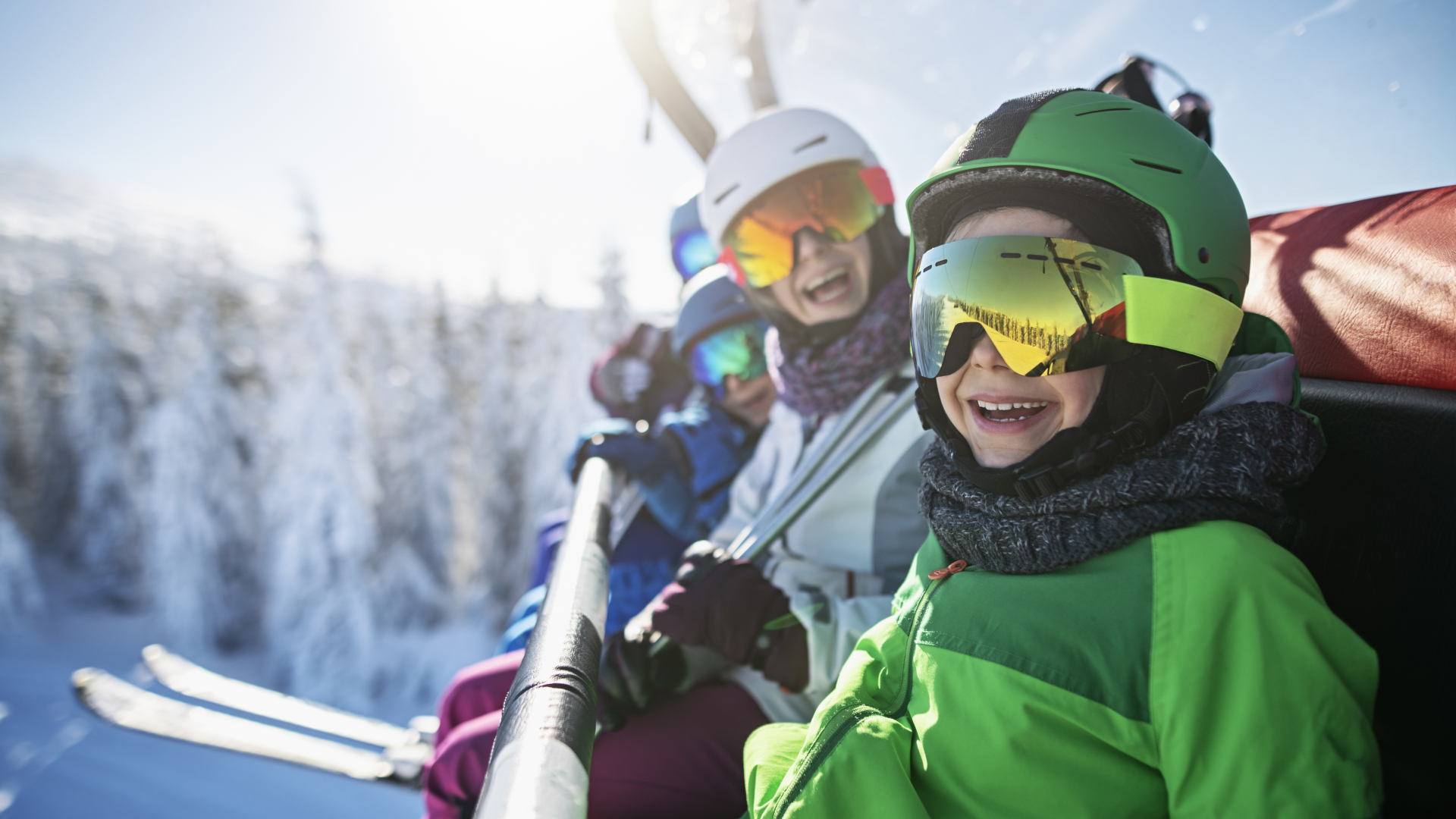
Years ago, I was working the front desk of a swanky fitness center in Vail, CO. A young fellow entered who wanted to drop in and use the gym. When he heard our (admittedly eye-watering) day rate, he informed me that he was on the US ski team and also the brother of the best ski racer in the world at the time (I won’t name names) and therefore should be allowed in for free. I said no. He was affronted that I didn’t usher him inside and offer to take his coat. I was affronted that he grew up in a ski racing family and thought that was a reason to get things for free. After all, skiing is a hugely expensive sport, so if you grew up doing it, and your sibling is the best in the world, you can probably pay to use a gym. Anyway, an old billionaire came in and ended our standoff by paying for his day pass. He got to use the gym. The gym made even more money. I held tight to my principles. All was well.
Why am I telling you this? Oh yes, because skiing is expensive. Like, prohibitively expensive, for a lot of people. When I worked for Beaver Ski Resort, I recall learning during employee orientation that a family of four typically spends $10,000 for a weeklong ski holiday there (it's probably more now). That could easily be a major chunk of your annual salary. So is skiing just for rich people? Well, no, it doesn’t have to be. I’m not going to tell you that “skiing is for everyone” (don’t trust anyone who says anything is for everyone) but it definitely doesn’t have to set you back ten grand a season. Read on to understand why skiing costs so much, and some tips for skiing on a budget this winter that I’ve amassed over about 15 years spent living and skiing in Vermont and Colorado.
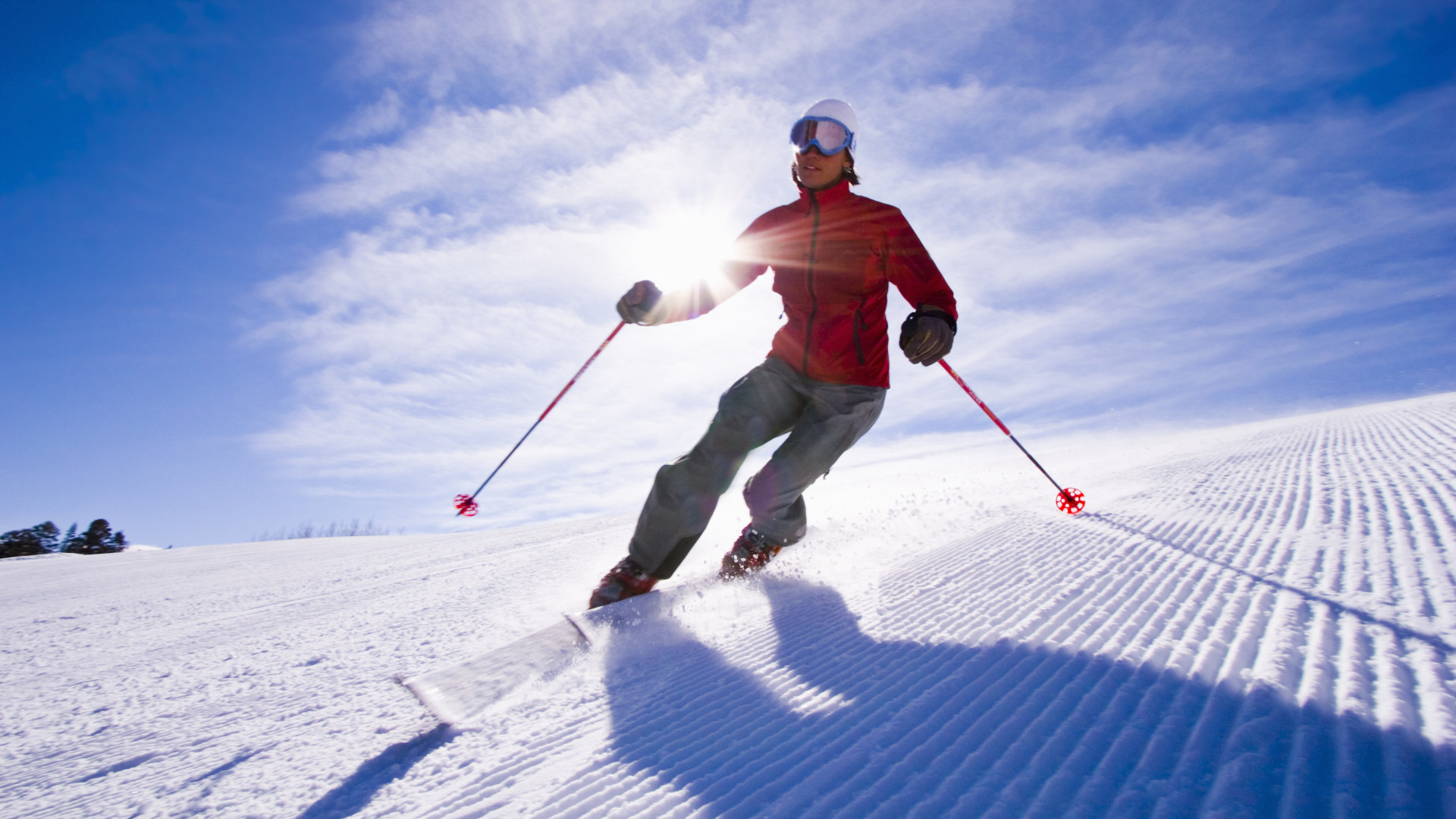
Why is skiing so expensive?
Let’s start with how a family of four could possibly spend ten THOUSAND dollars on a week of skiing. Where does all that money go? Well, for starters, that figure includes absolutely everything that a family visiting from another part of the state or country might need to factor in, such as flights and eating in restaurants. Depending on whether you live near a resort or are traveling to ski, and whether you already own skis and ski clothing, you may have to pay for some or all of the following expenses:
Ski clothing
Unless you live in Alaska, your winter clothes probably aren’t going to cut it for skiing. You’ll want to be well kitted with insulated, weatherproof clothing to avoid frostbite and hypothermia, and ski clothing isn’t particularly cheap, though like all outdoor gear, it does come on a broad spectrum, pricewise. Here’s what you’ll need for starters:
- Ski socks
- Ski pants
- Ski jacket (our guides to the best ski jackets for men and ski jackets for women are full of great options)
- Base layer
- Ski gloves
- Goggles
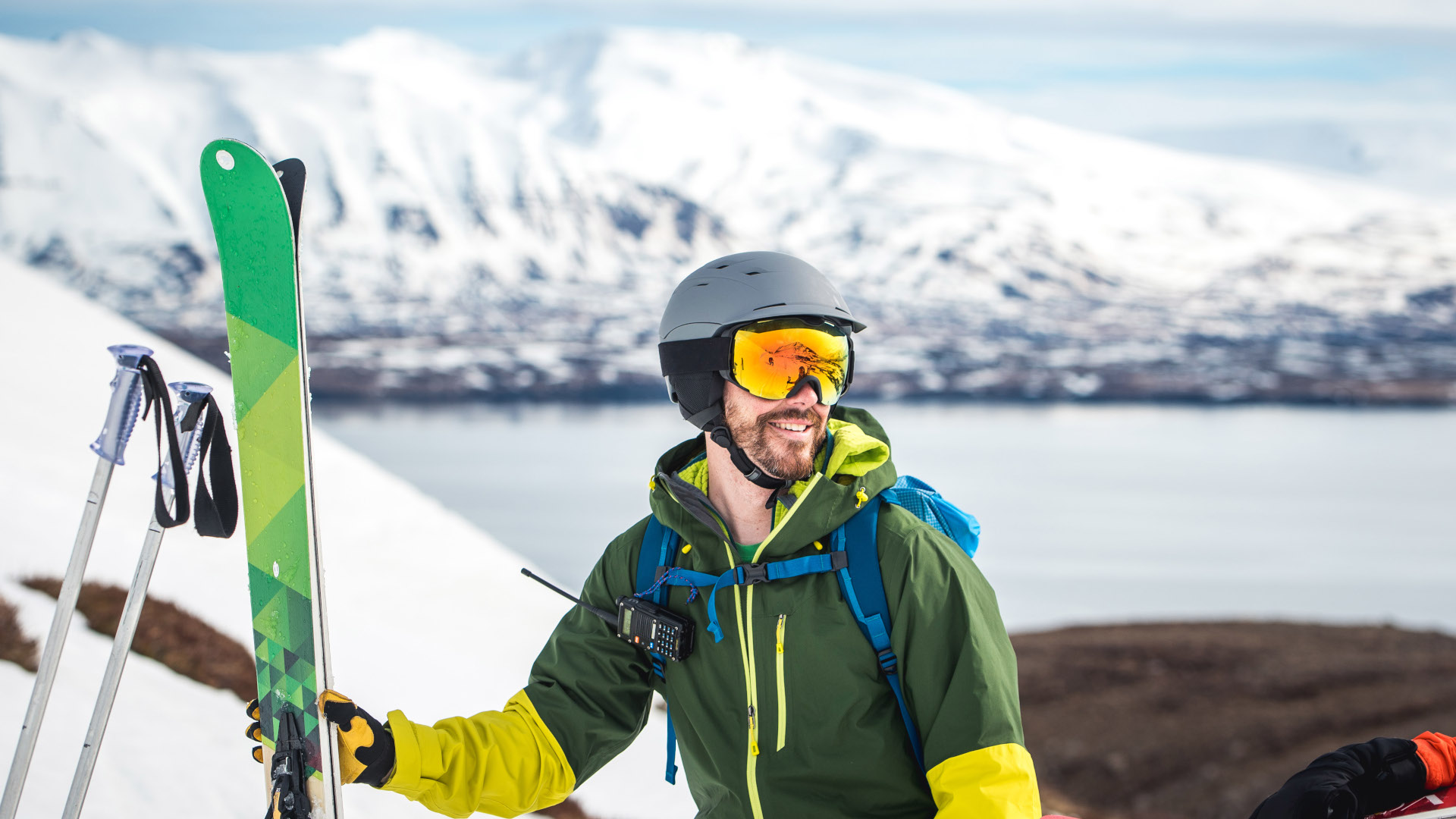
Ski gear
Next up, you’ll need actual ski gear, including:
- Skis
- Boots
- Poles
- Helmet
If you’re going to be skiing all season, you’ll need to purchase all of the above, while for a vacation, you can rent them at or near the resort.
Lift tickets
Back in the olden days, skiing involved hiking up a snowy hill with a pair of wooden skis over your shoulder then skiing down. It was basically free. Nowadays, you can walk from the parking lot to the bottom of the gondola along heated sidewalks that are conveniently snow-free before taking an express ride up to the top of the mountain and skiing down freshly groomed corduroy runs. Need a drink of water or a bathroom break? Use the slopeside facilities. Skiing today is admittedly much easier than it used to be, and all the infrastructure that makes it so doesn’t come cheap.
All the latest inspiration, tips and guides to help you plan your next Advnture!
Again, I won’t name names, but certain ski resorts have developed a reputation for being greedy money grabbers in recent years. They may or may not be, but the truth is that building and operating ski lifts, making snow and grooming runs requires a lot of people and equipment and is fantastically expensive, and at least some of that cost gets transferred to you via your lift ticket. A single day of skiing in Vail famously costs over $200, while Stowe in Vermont now charges over $150 a day. There are far cheaper resorts than these two, of course, and all resorts offer packages and season passes that make it cheaper still, but financially speaking, riding a chairlift is not like riding a bus when it comes to your purse strings.
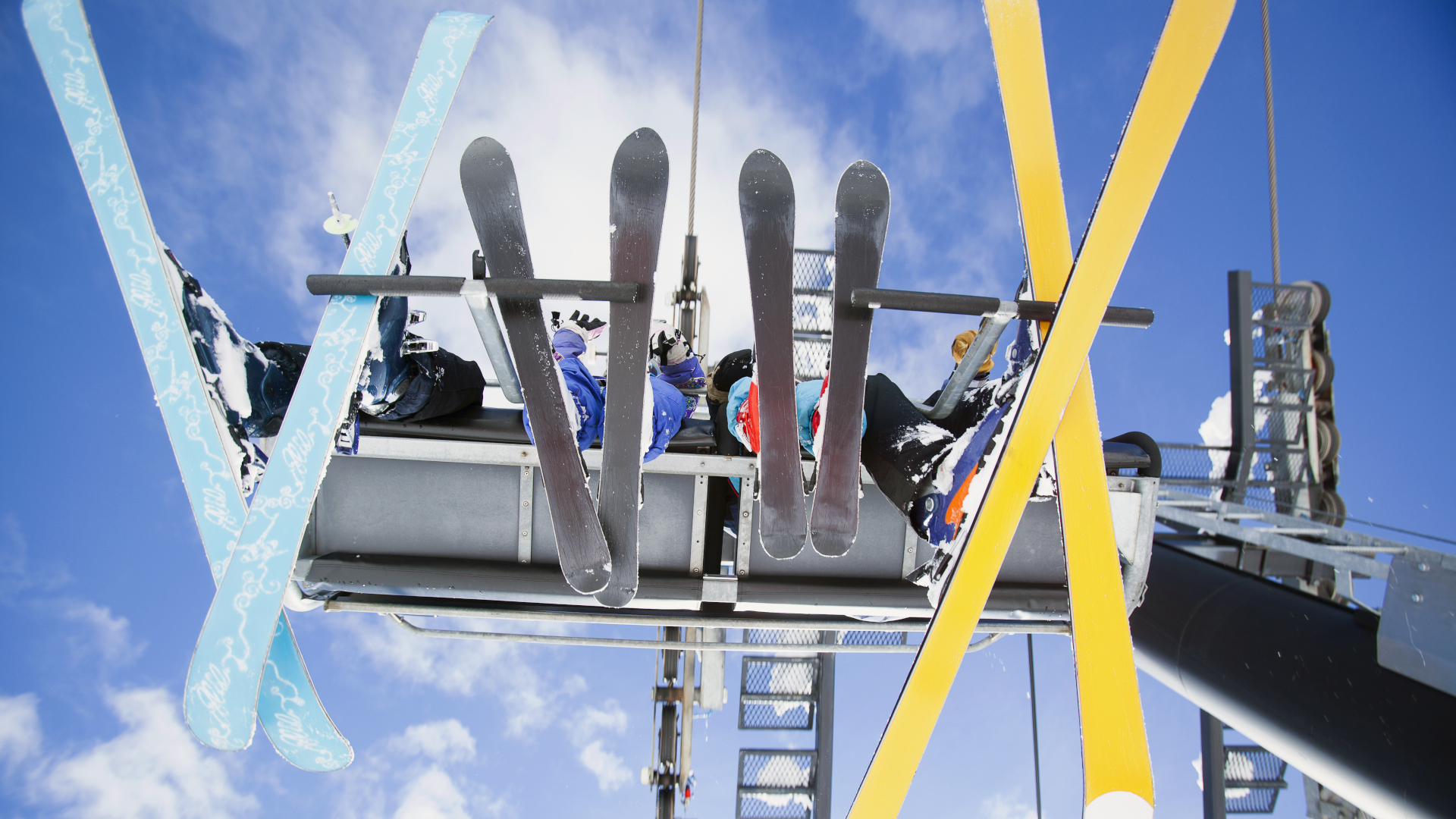
Lessons
If you’re new to skiing, the best way to learn is to take a lesson from an expert. A single day might set you back into the hundreds of dollars and you might want a couple of days with an instructor to get comfortable.
Accommodation
Visiting from elsewhere? You’ll need somewhere to sleep, so unless you have friends in the area, you’re looking at a hotel or short term rental and, naturally, all such accommodation options will be at peak pricing during the snowy months. Because of the geographical terrain required for skiing, resorts aren’t often located close to large urban centers where cheaper commuter hotels are in abundance.
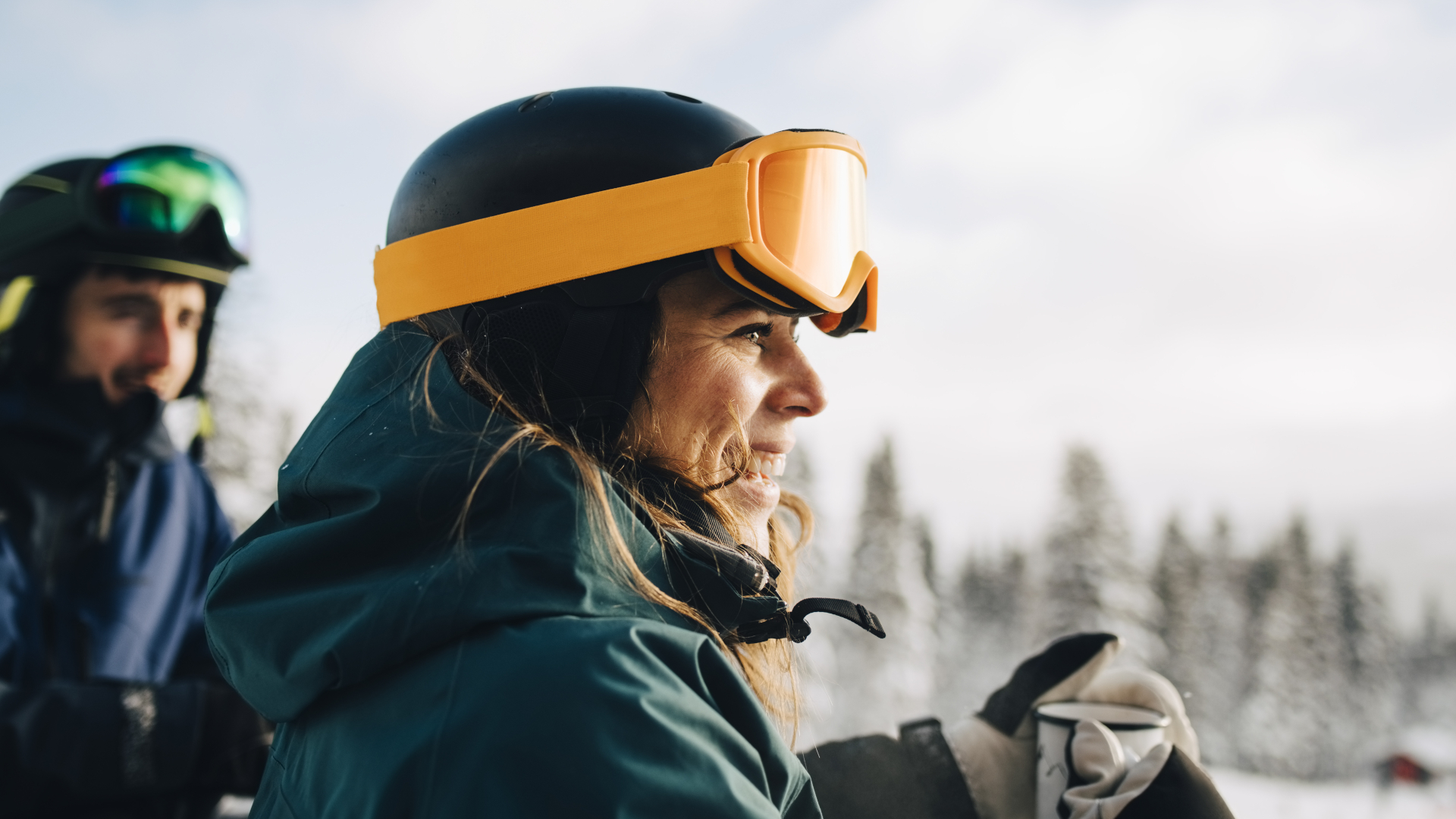
Meals
If you’re on holiday and not just skiing locally, you usually have to eat and hotels and restaurants with inflated prices (it’s called elevation taxation). More remote resorts will have to pay more to get food transported, and that cost gets transferred to you. In resort areas, there aren’t always cheaper restaurant chains and supermarkets as they can’t afford the astronomical rent, so the restaurants know you’re at their mercy. Most expensive item I’ve seen on a menu in Vail? A whopping $12 for an order of chips and salsa. I think I stood and gaped at that menu for a full 10 minutes.
Travel
Finally, there’s the cost of travel. If you’re driving, this just means filling up the tank (though you may also be subject to expensive parking fees at the resort) but of course, it may also mean flights, and paying extra to transport skiing equipment.
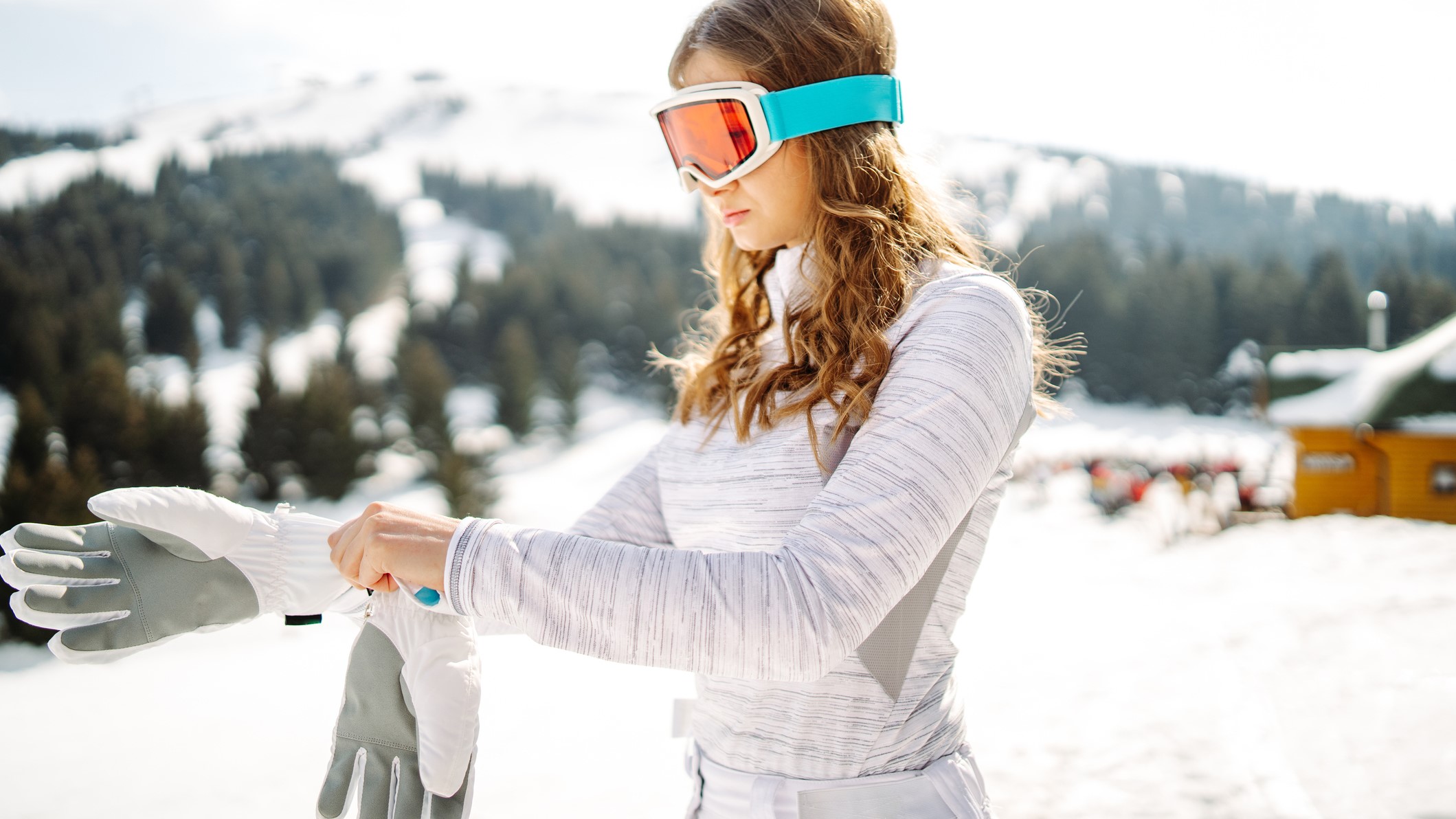
Tips for skiing on a budget
When you look at this list, it’s actually really easy to see how you could accrue a massive bill over a week of skiing. But if you’re paying attention, you might also have noticed that skiing is definitely more expensive when it includes travel, and a lot of the costs such as clothing, gear and lessons are upfront costs that you don’t have to keep paying year after year. Beyond that, is there really any way to make skiing cheaper besides quitting your high-paying city job and becoming a ski bum? Absolutely, read on for some tips for skiing on a budget.
1. Buy off-brand clothing
Skiing and snowboarding can be a bit of a fashion show, but it doesn’t have to be. In fact, no one gets more respect than the skier who shows up in dated gear but absolutely rips it up on the hill. Even though we said that you do need skiing specific clothing, you don’t have to go with the big brands like Patagonia, Arc’Teryx and Black Diamond. Their clothing is great, but you can also find ski gear that will keep you perfectly warm and dry for far less. In the US, look at Columbia for more affordable ski gear as well as REI Outlet for discount prices, and in the UK, you can find everything you need at Decathlon. Just look out for these key features:
- Your ski pants, gloves and jacket should be insulated and water-resistant.
- Your base layer and ski socks need to be made of a sweat-wicking material, preferably merino wool.
- Choose ski goggles for the light conditions you’re likely to experience (blue bird vs low light days).

2. Save on ski gear
If you’re getting kitted out with skis, boots, poles and a helmet, you’re probably looking at at least $500 up front, and perhaps as much as $1500. Of course, this gear will last you for years if you take care of it, but it’s still a chunk of change that you might not have. In contrast to most other things on the list of ski expenses, renting gear can actually be surprisingly cheap (earlier this year I paid about $200 for a five day rental in Vail, and £30 for a day at Nevis Resort in Scotland).
If you’re on a one-off vacation, definitely rent ski gear – this is both easier and cheaper than transporting your own. If you're staying at a hotel, check and see if they offer any discounts on rentals as you may be able to package them with your room. Even though the gear has been used by others, it’s usually high quality and if you have any problems, you can just switch it out. Check out both on and off resort rental shops for the best deals, and arrange your rentals ahead of time for the best prices.
If you live locally but are new to skiing, you should also start with rentals to make sure you like it and to get some good feedback on what size ski boots and what length of skis you need. When you’re ready to buy, shop used gear for big savings. Lots of rental shops will sell off their used skis at low prices, and you’ll find skiers offloading their old gear on Craigslist and Gumtree whenever they get a new pair.
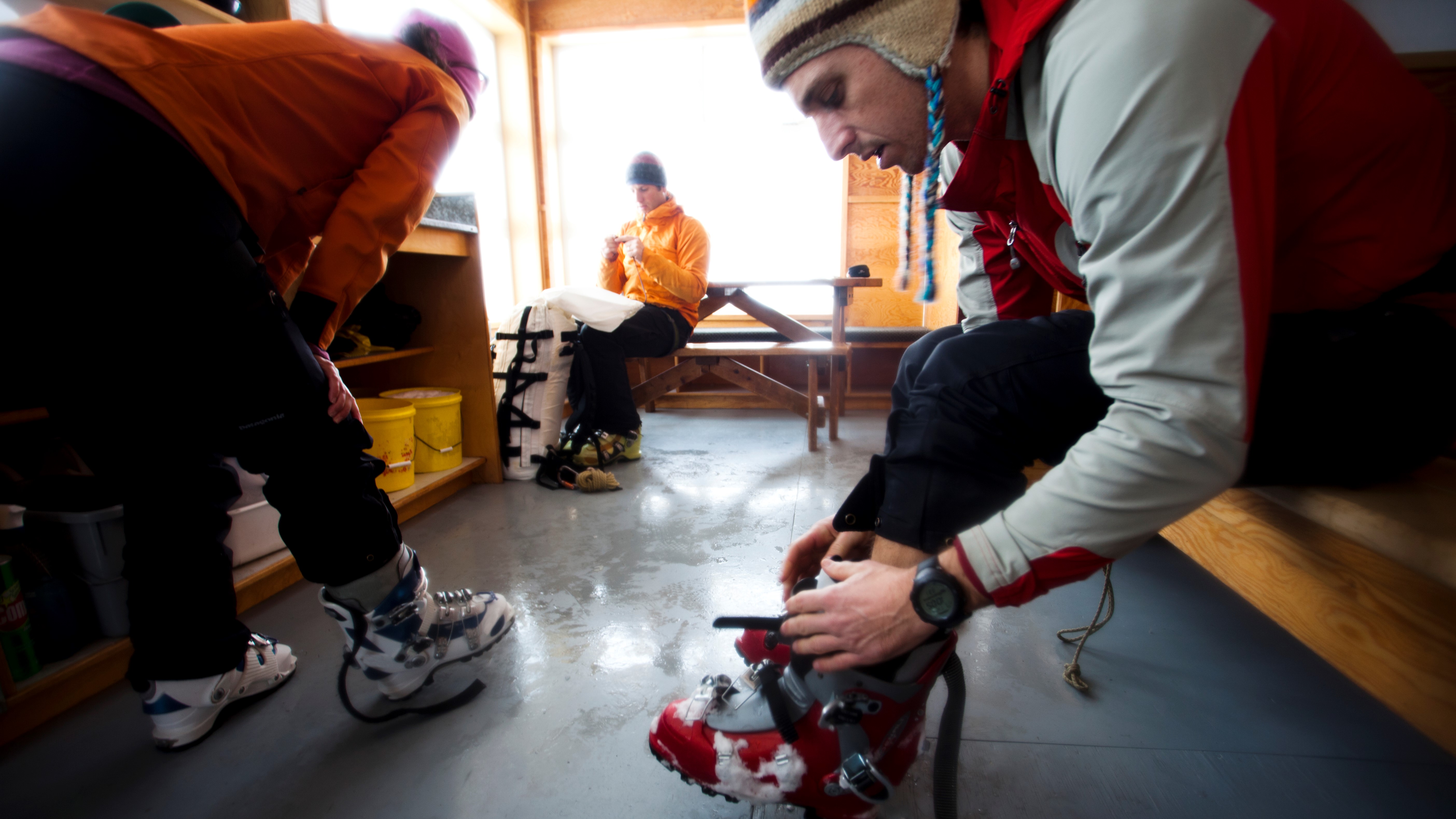
3. Head to cheaper resorts
Ski resorts are a bit like ski clothing. You can pay a premium price for a ritzy resort, and I won’t lie, it will be awesome. But there are plenty of cheaper resorts around that offer much more affordable lift tickets and amazing skiing. They might be smaller, they might have slower lifts, they may be a little off the beaten path. They definitely won’t be as sparkly and have piano music and free cookies every day at 3 p.m., but they have steep slopes and often the same snow as the more expensive resort down valley. None of them are as cheap as they were 20 years ago, but you can still ski for (just) under $100 a day at Ski Cooper near Vail, while Bolton Valley in Vermont charges just $69. A bargain!
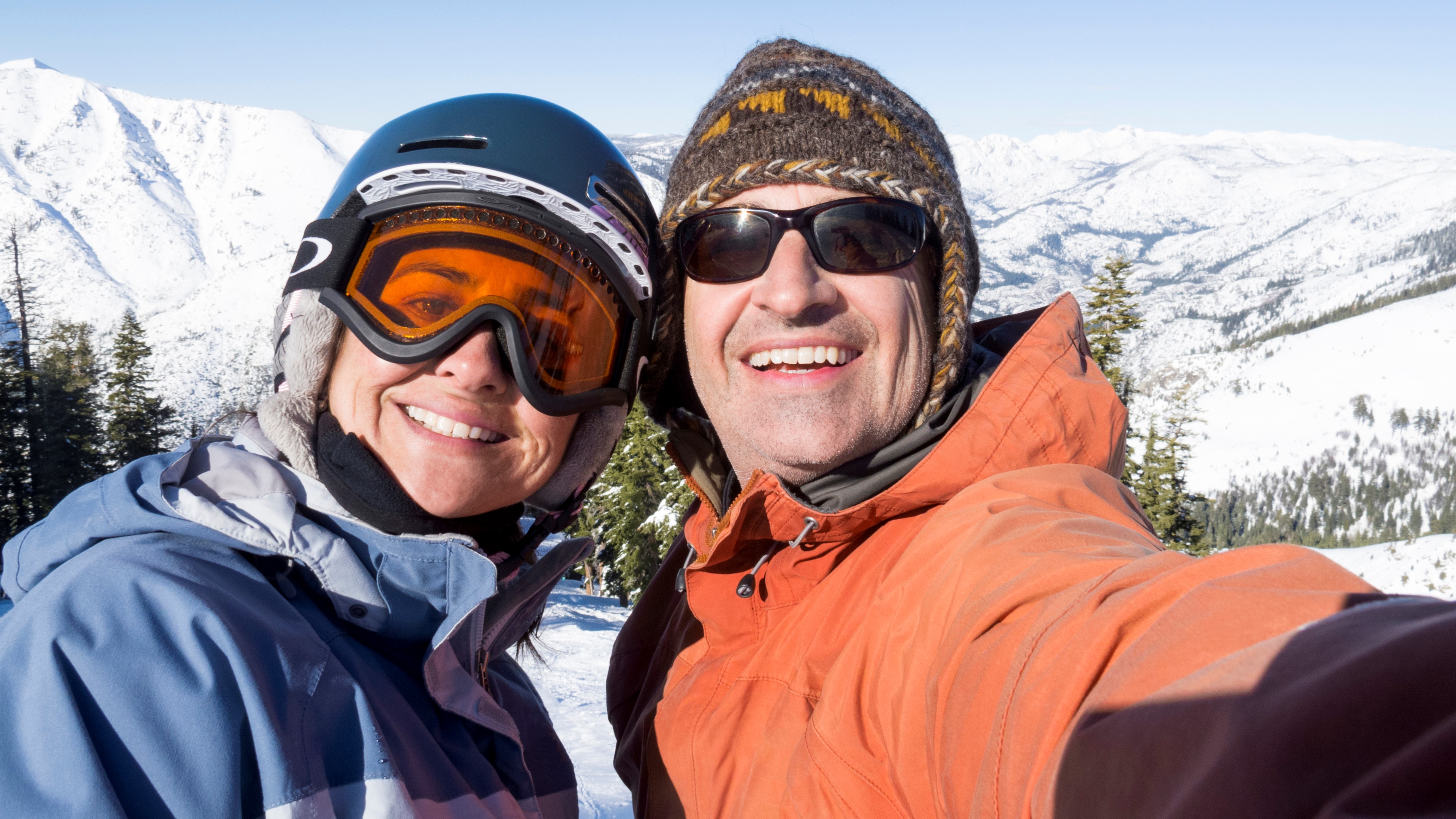
4. Plan ahead, buy in bulk, ski late-season
Here’s the thing. Where most tourists absolutely hemorrhage money on ski holidays is paying per day for a lift ticket. Doing this gets you the most expensive skiing you can find. All resorts will offer a season pass as well as packages like seven or 10-day passes. Now, paying for a whole season might seem nuts if you’re only going for five days, but it can actually save you hundreds of dollars.
The most well-known example of this is the Epic Pass, which gets you unlimited skiing and other perks at Vail plus loads of other resorts around the world. The Epic Pass gets pricier every year, but in September 2020, you could lock in your pass at just $567. The catch is that you have to plan way ahead and buy early, however given most high-end resort’s daily fees, so long as you ski more than twice, you’re bound to save money. If you’re looking for a smaller, family-friendly experience, Sunlight Mountain in Colorado is known as one of the cheapest resorts in the state, and their season passes start at just $239. Basically, buying in bulk will save you, and you can often find cheaper passes that block out the busiest days.
If you have the flexibility and you’re paying by the day or by the week, it’s also usually cheaper to ski on weekdays versus weekends, outside of big holidays like Christmas and spring break, and later in the season, even if the snow isn't quite as epic.
Furthermore, if you live near a ski resort, there are bound to be opportunities for very part-time jobs that come with a free ski pass, such as parking lot attendant, lift operator or greeter. Often these jobs will subtract the cost of your lift pass out of your pay check each month and you can ski for free on your off days. Off-mountain jobs in restaurants and gyms will often incentivize their positions with free or cheap ski passes too.
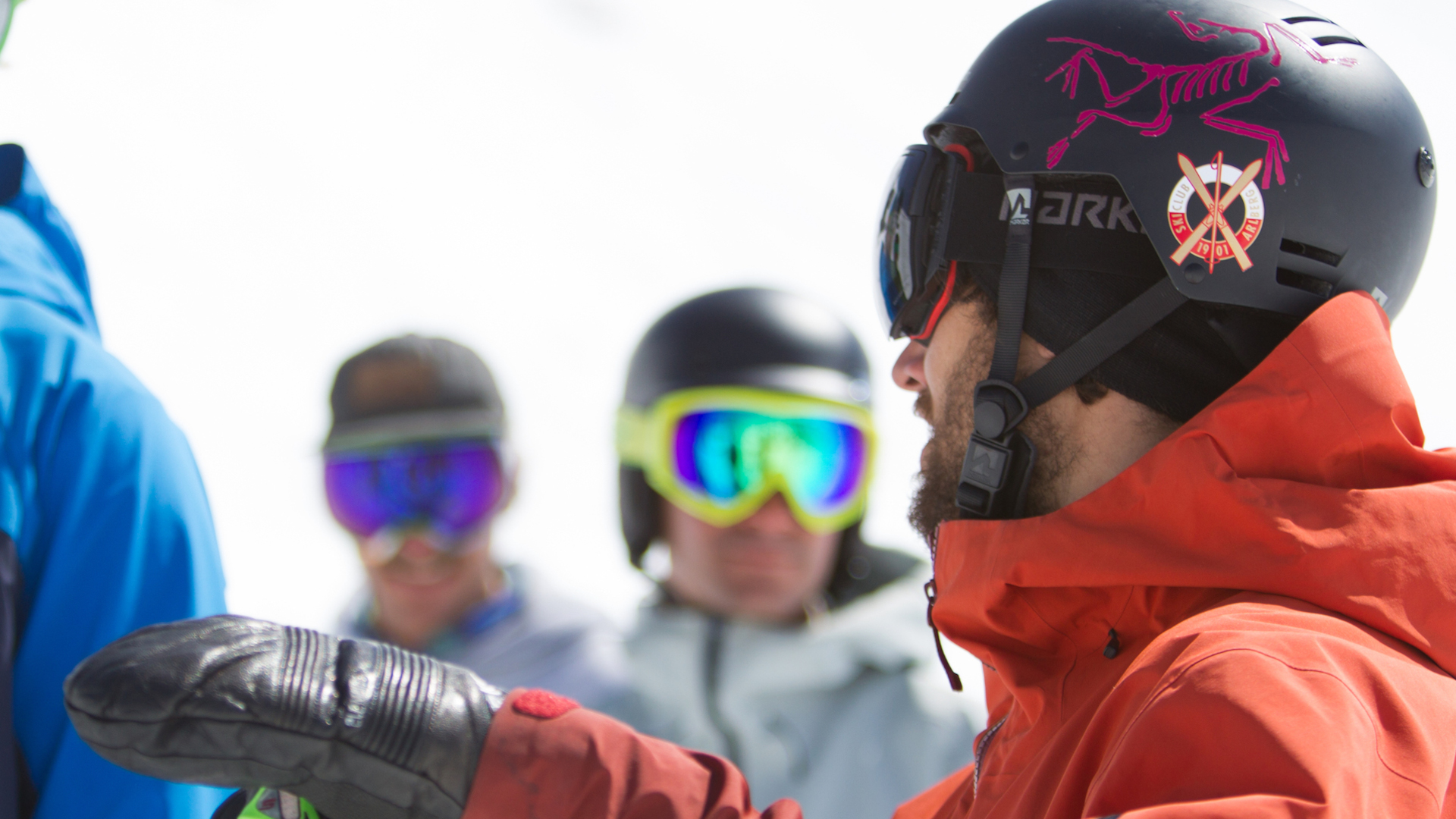
5. Pack your own lunch
It’s honestly hard to overestimate how expensive eating out can be at a ski resort. My boyfriend and I parted with $17.25 for two hot chocolates and four bananas in Vail last winter. We didn’t mean to, we just couldn’t absorb the information as the total was read out to us, so we just handed over a credit card then left, speechless and clutching our precious bananas. Don’t make the same mistake we made. If you must eat out, chat with the locals and go where they go; they’re usually on the breadline and can’t afford no $12 bananas. Better still, make a sandwich and shove it in the pocket of your ski jacket. Enjoy it on a mountain top with world-class views. Hit a Taco Bell on the side of the highway on your drive home. Don’t buy a banana.
6. Hit the backcountry
This definitely might seem like the most outlandish tip so far, but hear me out. For about the last five years I lived in Vail, I didn’t even bother buying a ski pass. That’s because I discovered uphill skiing. Instead of riding a lift, I got myself an Alpine Touring (AT) setup and skinned up mountains, then skied down them. These days, I head out into the hills near Glasgow when it snows with my Nordic skis. Yes, it’s a lot of work, but you also save on a gym membership as you absolutely don’t need any other exercise when you’re doing this regularly.
For me, the benefits of skinning, in addition to the great workout, are getting backcountry freshies and steering clear of the crowds. Plus, some resorts allow uphillers at certain times, for free or sometimes for a small fee, so you don’t actually have to miss out on the groomers. You’ll need to buy the skis, boots and bindings, but you’ll never pay for a lift ticket again! You may also live somewhere with great cross country skiing, which is also a far cheaper alternative to alpine skiing.
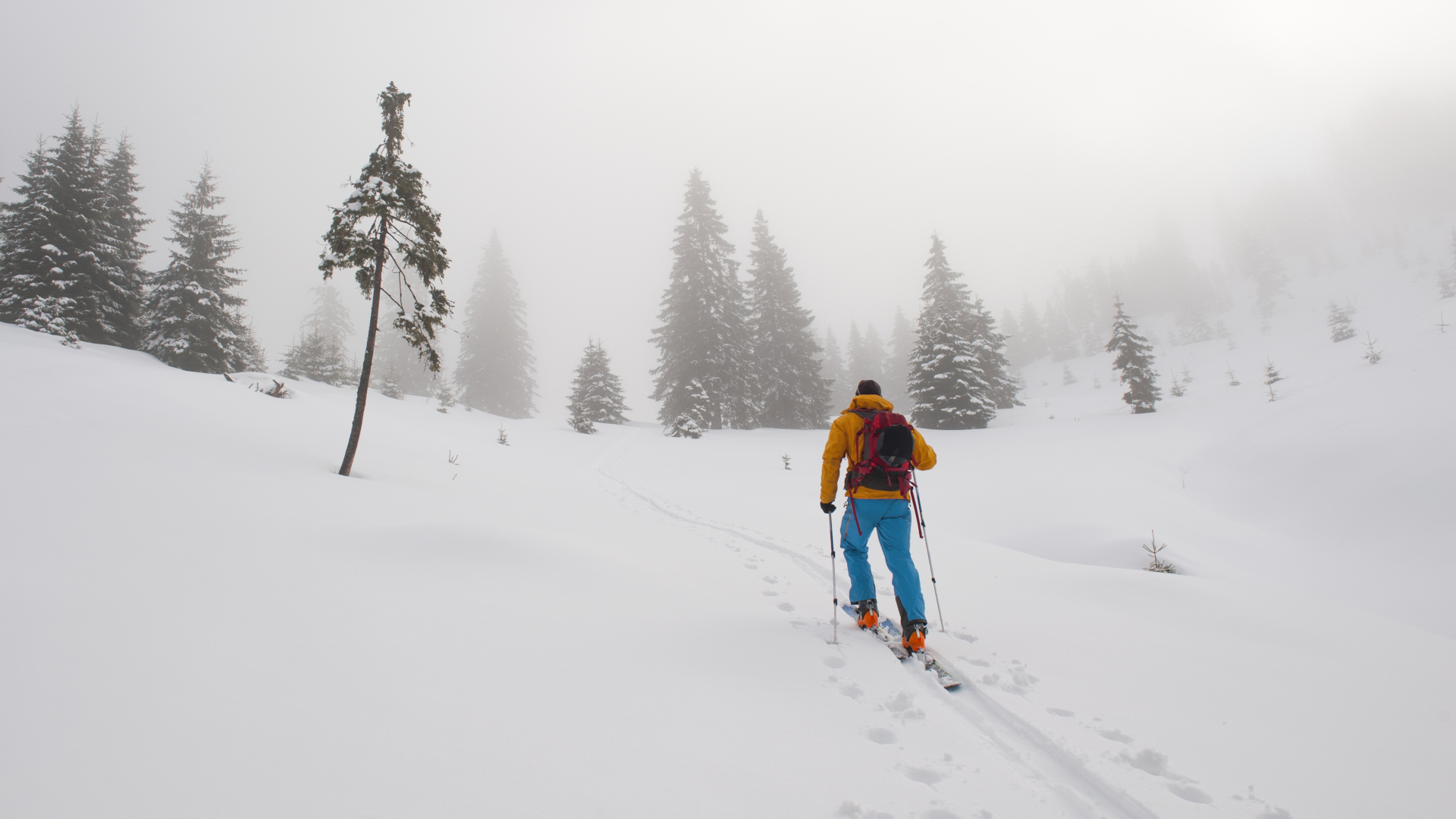
7. Get insurance
One other way that skiing can get expensive fast is if you get hurt doing it. I should know – my torn ACL in early 2017 cost me around $17,000 and that was with health insurance. If you are American, make sure you have health insurance if you want to go skiing, and if you’re traveling to another country, always get travel insurance that covers skiing.
Julia Clarke is a staff writer for Advnture.com and the author of the book Restorative Yoga for Beginners. She loves to explore mountains on foot, bike, skis and belay and then recover on the the yoga mat. Julia graduated with a degree in journalism in 2004 and spent eight years working as a radio presenter in Kansas City, Vermont, Boston and New York City before discovering the joys of the Rocky Mountains. She then detoured west to Colorado and enjoyed 11 years teaching yoga in Vail before returning to her hometown of Glasgow, Scotland in 2020 to focus on family and writing.

